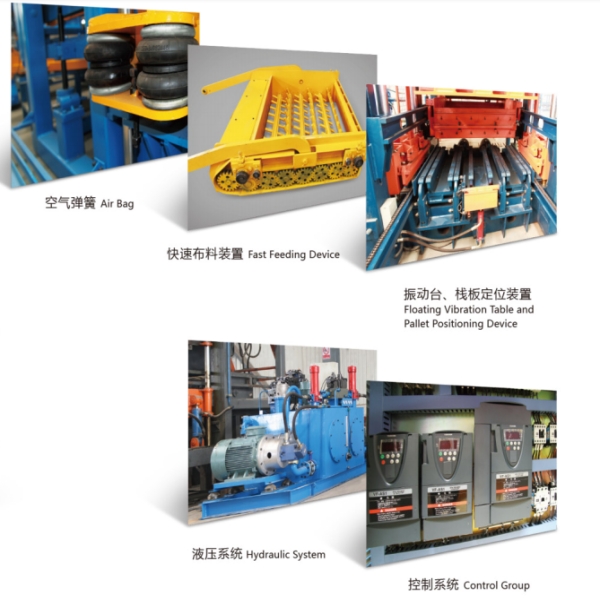Cement is an indispensable part of building materials. The large-scale use of raw materials such as cement, semen, and ceramics has led to expensive cement and ceramic products, and low prices for cement and ceramic products… Over time, infrastructure has changed to ensure the normal operation and service life of buildings. Improvements in infrastructure construction and advanced technology provide conditions for the construction of quality projects. Now there is a part of the market where you can ask for blocks yourself. Let’s take a look at block machines.
Traditional technology meets modern needs-manual block machines
Harnessing the power of simplicity and efficiency, manual block machine machines continue to occupy an important position in the masonry industry. Despite the rise of automated machines, ini Mesin Pembuat Bata Manual methods are favored for their cost-effectiveness and ease of use, especially in areas where automation is not economically feasible. They provide adaptable solutions and produce multiple types of bricks to meet different construction needs.
In the era of automation, manual brick making machines still occupy a special place in the construction field, especially for small projects and manual work. It highlights their ability to produce bricks with unique textures and finishes while retaining traditional craftsmanship while catering to niche markets.
Brick pavers can reduce labor and be more precise

Brick paving machine heralds a new era in road and pathway construction. Known for their precision and uniformity, the brick paving machine has revolutionized the bricklaying process. Their high speeds speed up construction, while their adaptability to a variety of brick sizes and patterns ensures a variety of aesthetics and functionality.
Brick paving machines specialize in the production of interlocking pavers, which are elementary for creating durable and aesthetically pleasing outdoor surfaces.It covers their ability to produce a variety of shapes, ukuran, and surface patterns, enhancing the beauty of sidewalks, teras, and driveways. Highlights are given to the importance of consistent quality control, material handling capabilities, and the integration of vibration systems to ensure high-density, low-absorption paving blocks.
Building a building brick by brick with a cement block machine
Itu mesin blok semen is a testament to the wonders of modern construction technology. Capable of quickly producing strong and uniform cement blocks, the machine is an indispensable asset to any large-scale construction project. Capable of handling a variety of cement and aggregate types, it can create blocks that are suitable for specific structural needs. This section will demystify the complex technology behind these machines and explore their contribution to building our tomorrow.
Cement block machines or concrete block machines represent a major leap forward in construction automation, enabling mass production of solid and hollow concrete blocks widely used in load-bearing walls and foundations. This article highlights how these advances have increased productivity, reduced labor costs, and made it easier to produce blocks. The sizes and strengths are precise and meet exacting engineering standards.
Cement block machines provide builders with high-strength blocks.Cement block machines provide builders with high force blocks.It provides high-quality blocks and consumes less time in production. The rapid pace of industrialization has increased the demand for block machines. There are many machine manufacturers offering block making machines that can fit your budget and meet your requirements. Block machines produce blocks for building buildings and walls. The materials required to produce concrete blocks are aggregates (crushed stone, scoria, kerikil, foamed slag, terak, dll.), cement and water. Every cement mixer mixing and every mason’s assembly line is a note in the symphony of building our common tomorrow. In this symphony, technology and tradition go hand in hand to dance the dance of development together.